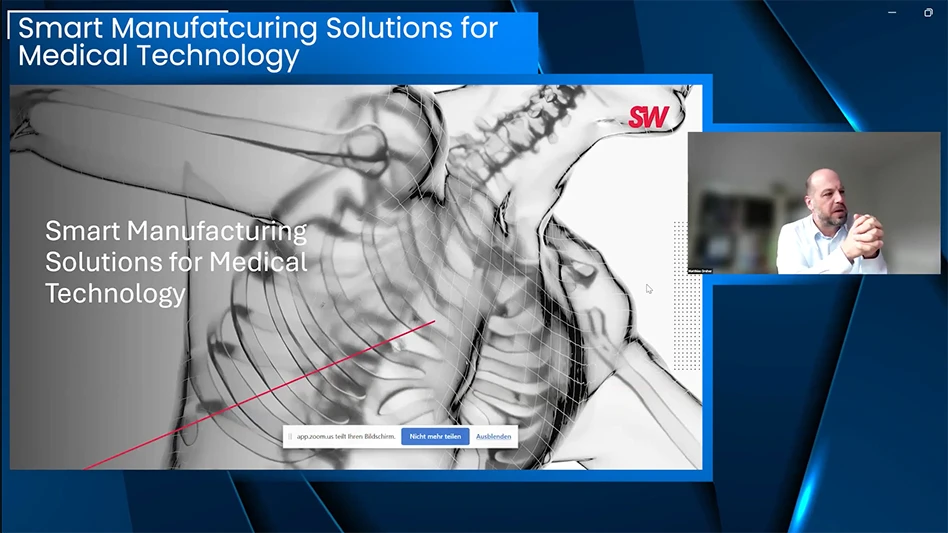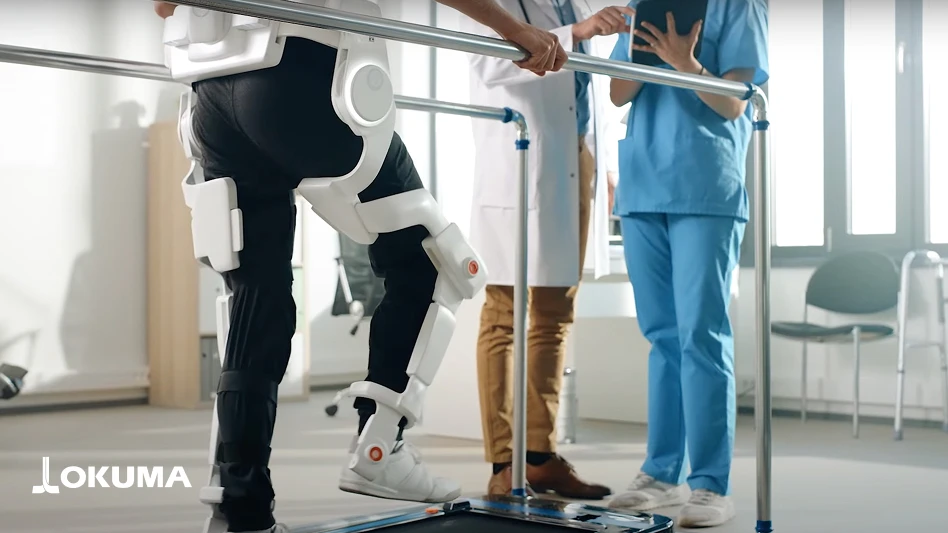
Novel Drug for Treatment of Type 2 Diabetes: Injected under the skin, GLP-1 and GIP receptors cause the pancreas to release insulin and block the hormone glucagon, limiting blood sugar spikes after a meal.
In the United States, 1 in 10 individuals has diabetes, which affects how the body processes food into energy. One potential therapy is a once-weekly injectable dual glucose-dependent insulinotropic polypeptide (GIP) and glucagon-like peptide receptor agonist (GLP-1) that aims to control blood sugar. Injected under the skin, GLP-1 and GIP receptors cause the pancreas to release insulin and block the hormone glucagon, limiting blood sugar spikes after a meal. Additionally, it slows digestion, resulting in individuals remaining full longer and eating less. Thus far, late phase III clinical trials reveal that the treatment significantly reduces hemoglobin A1C in type 2 diabetes and supports weight loss, making it potentially the most effective therapy for diabetes and obesity yet developed.
Latest from Today's Medical Developments
- The need for speed in high-speed machining
- FUCHS Lubricants’ NYEMED 7312
- Localizing robotics: Yaskawa's commitment to American manufacturing
- OPEN MIND Technologies’ hyperMILL 2025 CAM software innovations, enhancements
- July Lunch + Learn with SW North America
- Stryker raises full-year guidance despite muted investor reaction
- Unlocking 3D vision: Basler AG launches Stereo ace camera series
- Lisa Anderson, supply chain & manufacturing expert, comments on the One Big Beautiful Act and its implications for US manufacturers













